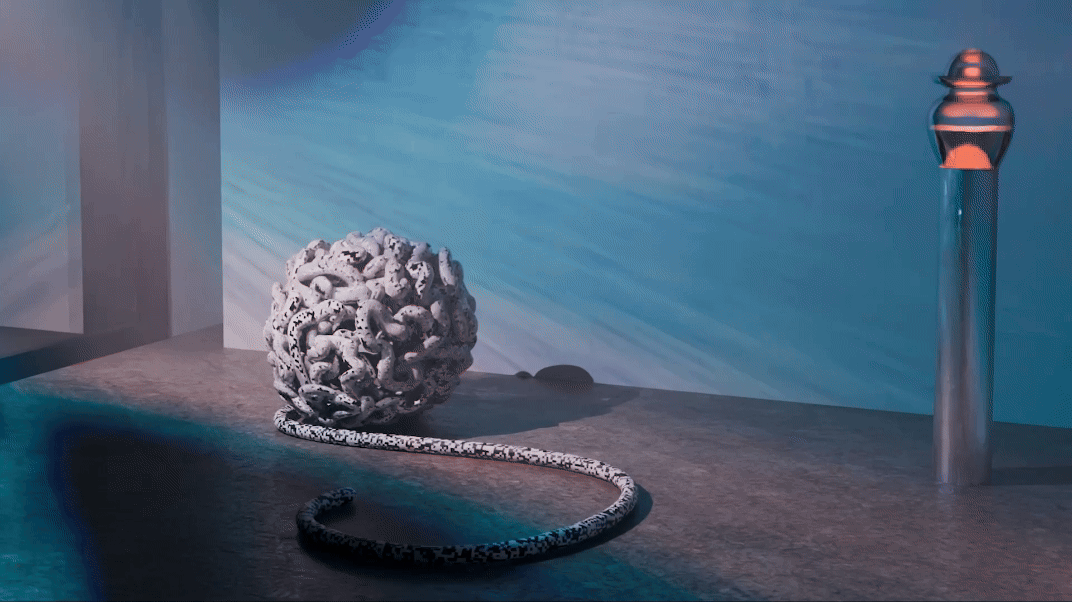Wet Dreams is an Immersive Biogenerative Audio-Visual Experience exploring the symbiotic relationship between dance floors, biotechnology, and organic life. The project captures the DNA of dance floors, sampling from the air in spaces of collective energy exchange, where shared breath creates a humid microbiome rich with bioinformatic data that glimmers with our earthly hydro-collectivity.
⚠ This project contains flashing lights that may trigger photosensitive epilepsy.
The sonic-animal interface of dance floors gestates spatially enclosed weather systems within clubs and dance floors, creating ample space for microbial proliferation. Dance is a testament to the power of collective action and a desire to be in one's body. Dance floors are spaces in which we collect, charge, and release, cycling energy from speakers to senses and adrenal systems to muscular tissues. The by-product of this exchange collects on walls, floors, and ceilings, condensation as droplets of moisture.
The project uses a MinION portable genetic sequencer capable of operating everywhere—from the International Space Station to arctic depths—to collect and analyze ambient moisture samples from these charged environments. Within an hour, this advanced device provides real-time whole genome sequencing, metagenomic, and epigenetic analysis.
The resulting data, processed through MinKNOW and EPI2ME software, is transformed into dynamic, laser-projected environments via TouchDesigner's node-based visual programming.
As each performance adapts fluidly to its venue at a molecular level, Wet Dreams revisualizes the ambient byproducts of our hydro-collectivity, challenges biopolitical systems of division, and invites us to imagine new forms of united existence. The project reflects our globally interconnected condition by revealing the invisible molecular architectures we create together in spaces of celebration and communion.
“In a club strangely called “Earth” in 1989, I experienced a rain of human sweat that had accumulated on the ceiling after hours and hours of techno.
Parts of everyone were falling, alien, damp, warm, back onto everyone because of our own repetitive churning.”






